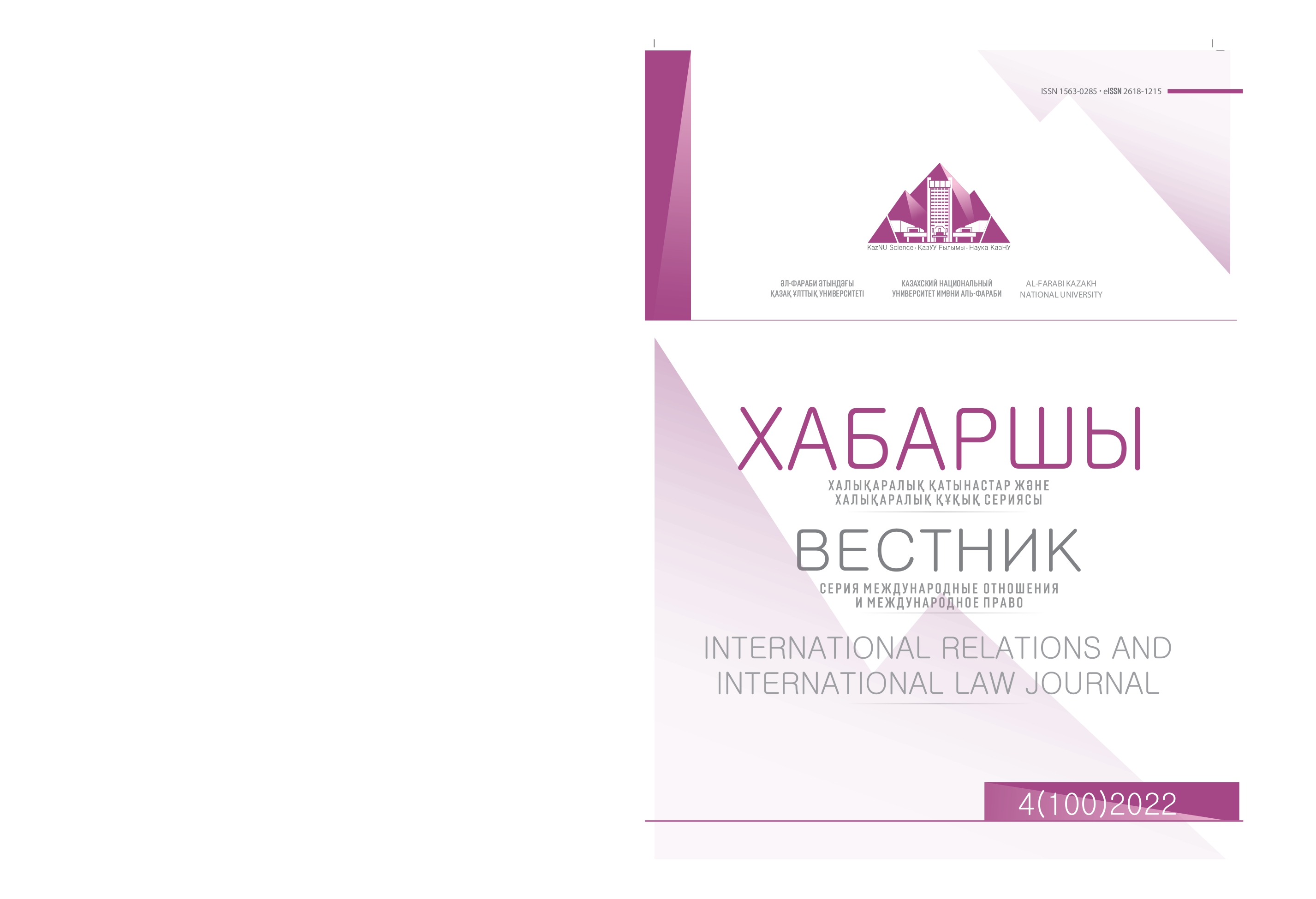China’s New Economic Model as a Mark of Re-globalization
DOI:
https://doi.org/10.26577/IRILJ.2022.v100.i4.03Abstract
After the end of Cold War, China has progressively started its trade competition among top developed
states such as USA, Japan, Russia and Europe states in the world. Especially, since joining to the
WTO in 2001, China has reached the global trade prominence in the market economy. However, the
recent outbreak of Covid-19 pandemic has seriously knocked the most countries’ economic sector, and
Chinese economic ties and budget trade relationship in the world has also shown considerable reduction.
On this point, China’s own strategic policy and measure could, in a short time, effectively overcome
the spreading virus and surprisingly captured world attention how to survive in such pandemic
situation due to Xi Jinping strict administrative policy. In addition, Chinese massive effort for recovering
its economy and further strategic plan for the creation of a new trade area has remarkably resulted in
the region. Consequently, the signing another new trade agreement known as Regional Comprehensive
Economic Partnership (RCEP) has created a new wave of trade relations as well as integration process not
only in one region but involves European trade partners as New Zealand and Australian trade interests.
As a result, Chinese reshaping its trade interest with RCEP members might consider as most leading competitive
countries in the Asian region which has signaled as a new drive of market economy as well as the
process of re-globalization. In this article, authors identify to what extent the Chinese current economic
policy changes the globalization process in the Asia-Pacific region. Also, how China will affect the new
integration zone and lead to the process of so-called re-globalization.
Key words: China, globalization, geo-economic, Asia-Pacific region, cooperation, integration, ASEAN,
Re-globalization.




